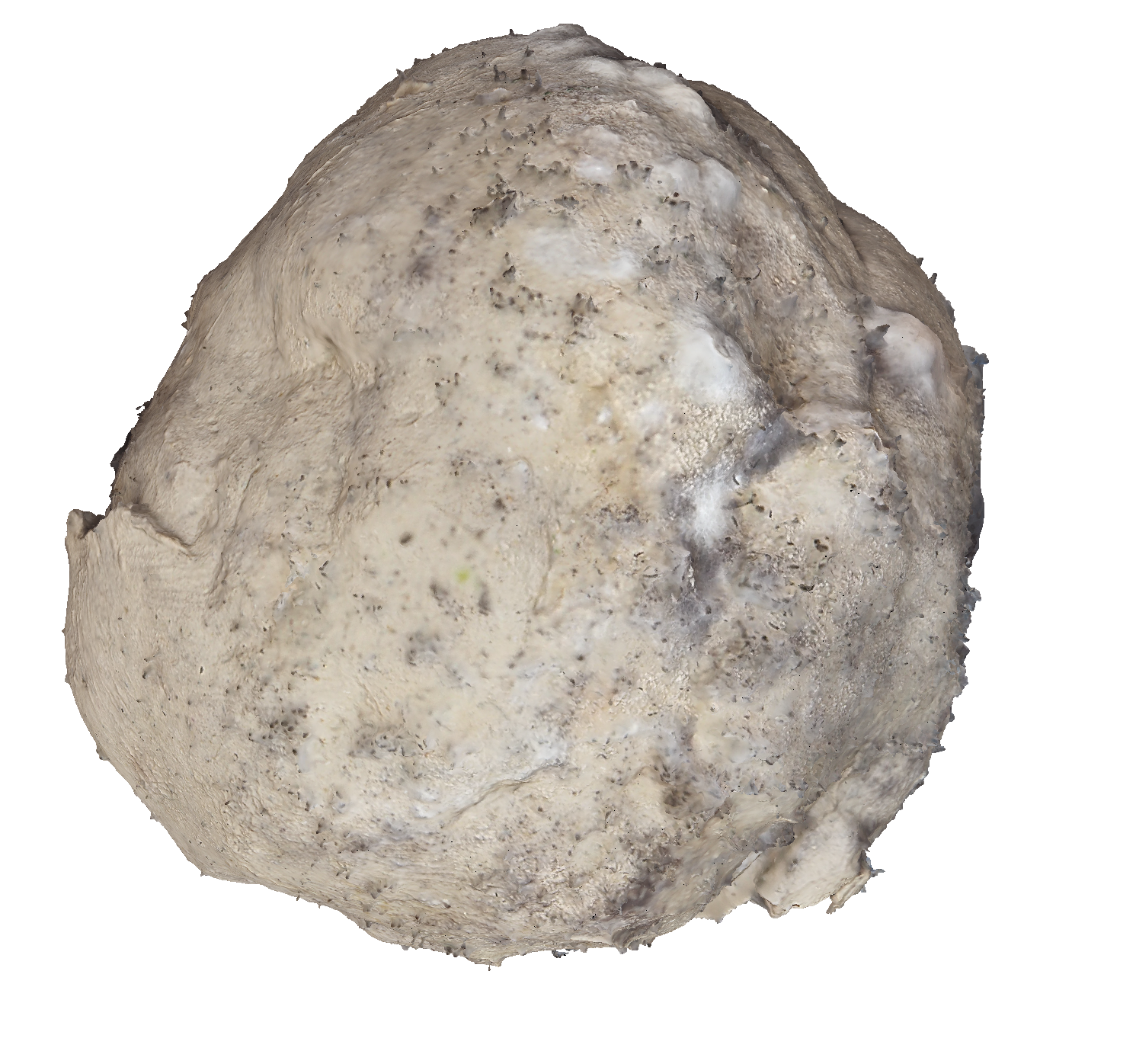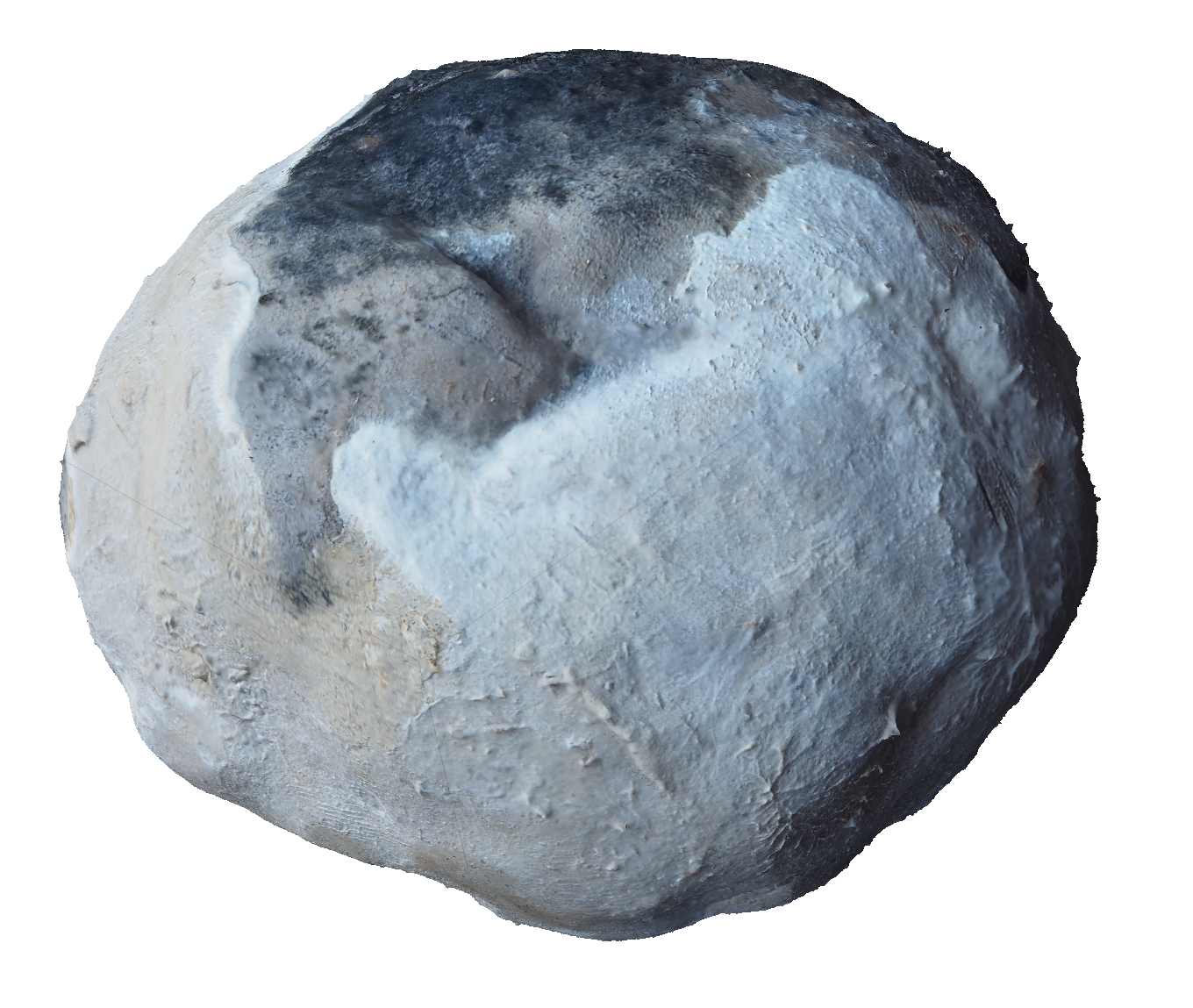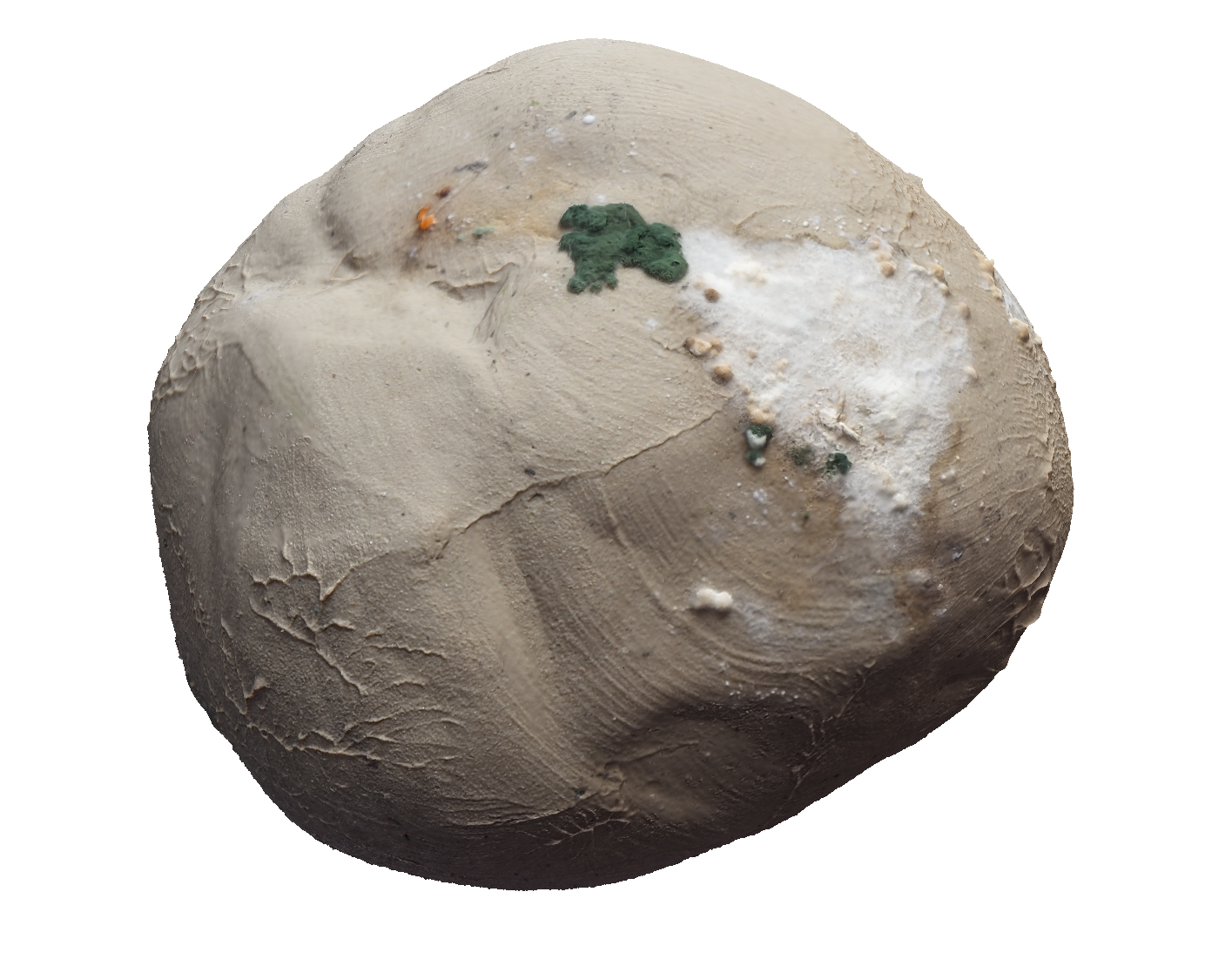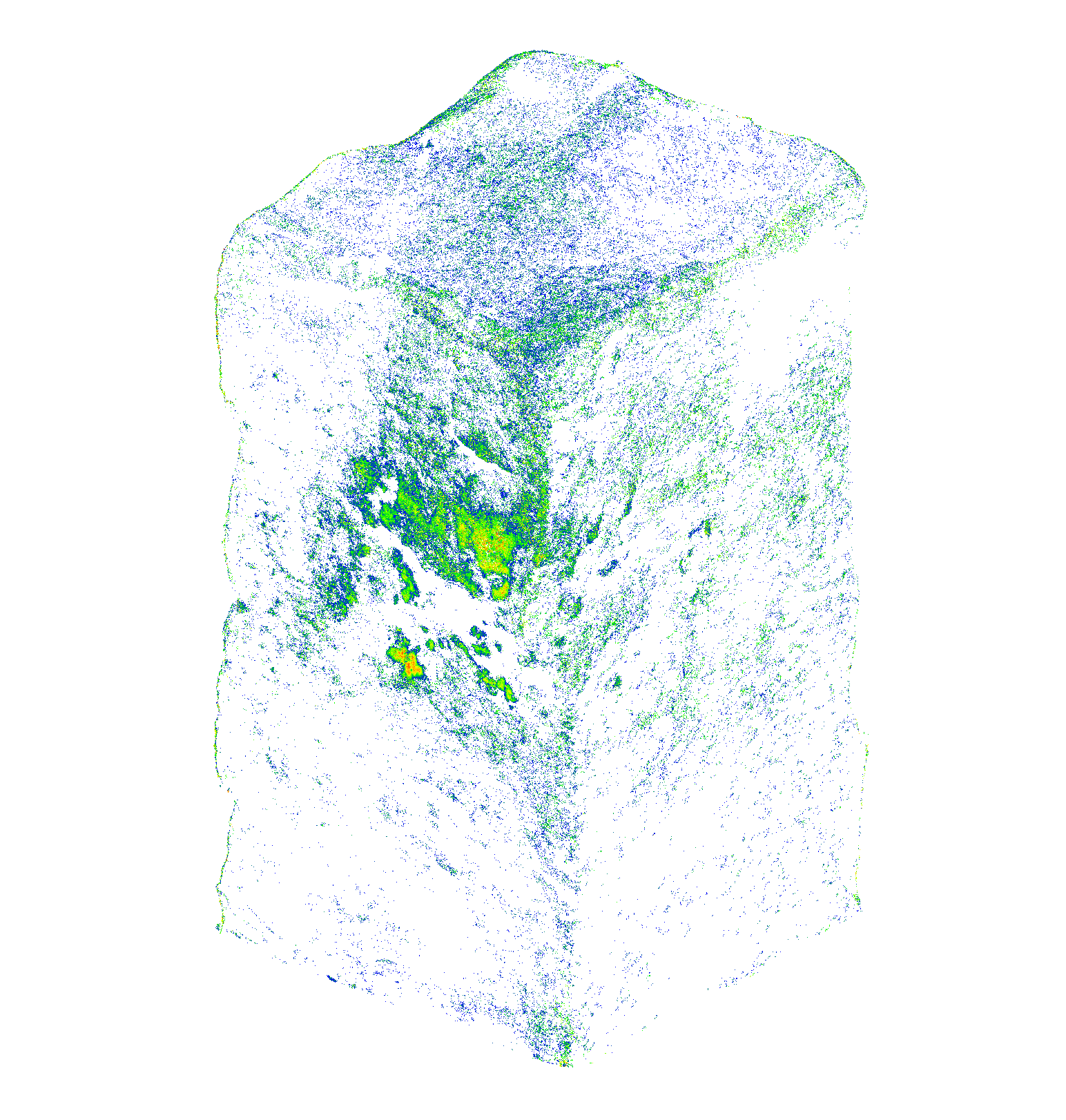The scaling of 3D printed clay-based research in architecture requires for clay to have a micro structure fit to avoid cracking when drying. With this issue addressed, the design options are widened and support complex geometries printing. The approach for probing clay shrinkage mitigation was to grow a mycelium within to try enhancing its desiccation behavior. This led to design a "digital seismograph" tool in Rhino - Grasshopper to analyze the behavior of cracks in mycelium inoculated & non-inoculated clay samples to conclude on the benefits of this biomaterial. The research was done in the context of the On-Site Robotics pavilion installation of IAAC and Noumena, which had for a primary objective the clay 3D printing of a 1:1, 6 meter long cavity wall. The resulting 3D print was 3D scanned with the help of Tim Leeson.
Period: 2016 - 2017.
Pictures and illustrations credits: A. Rigobello.






